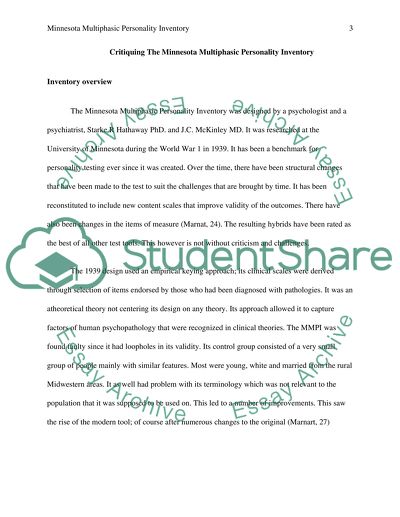Cite this document
(“Personality assessment instrument or inventory critique Research Paper”, n.d.)
Retrieved from https://studentshare.org/psychology/1465259-personality-assessment-instrument-or-inventory
Retrieved from https://studentshare.org/psychology/1465259-personality-assessment-instrument-or-inventory
(Personality Assessment Instrument or Inventory Critique Research Paper)
https://studentshare.org/psychology/1465259-personality-assessment-instrument-or-inventory.
https://studentshare.org/psychology/1465259-personality-assessment-instrument-or-inventory.
“Personality Assessment Instrument or Inventory Critique Research Paper”, n.d. https://studentshare.org/psychology/1465259-personality-assessment-instrument-or-inventory.


